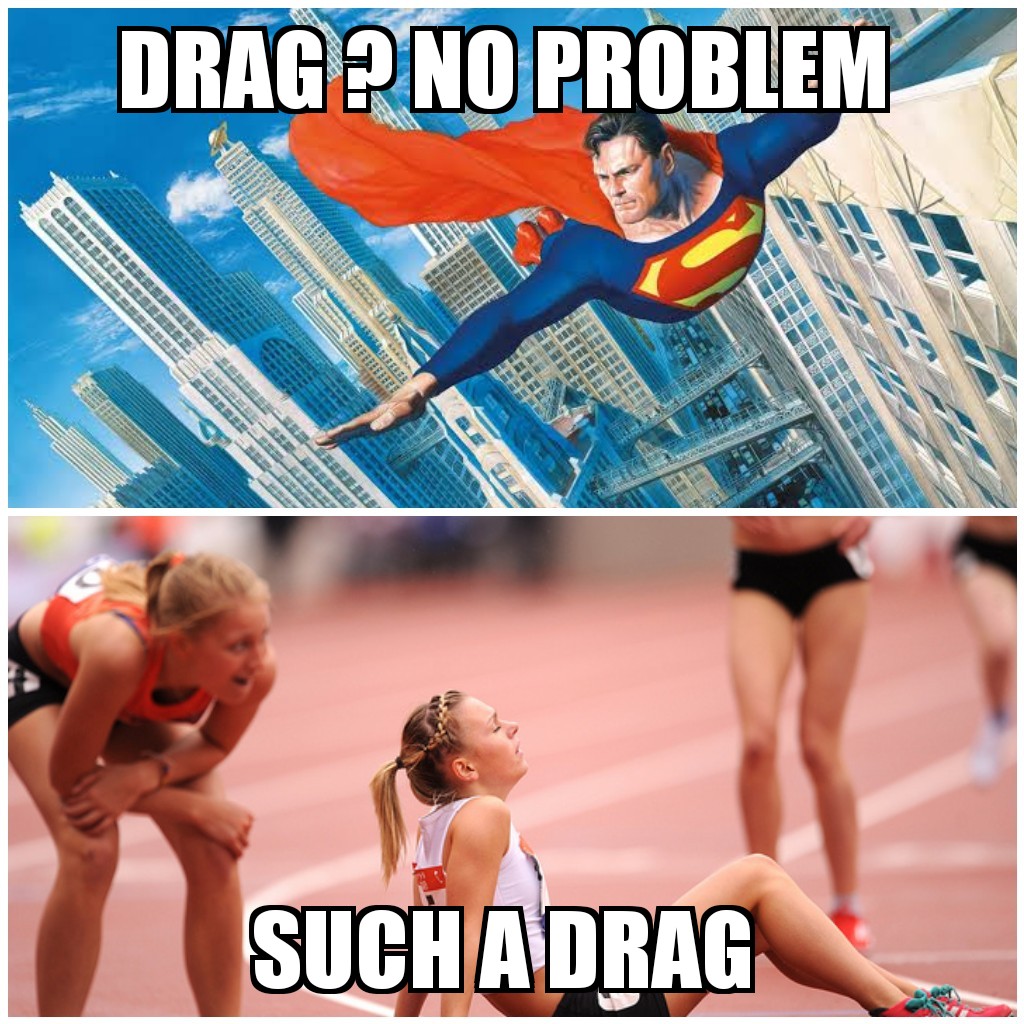Table of Contents (click to expand)
Athletes shave their legs to reduce the effect of drag, to speed the healing of wounds, to enhance muscle definition, and for the general aesthetic look.
Cristiano Ronaldo, Michael Phelps, Lance Armstrong… what do these people have in common? Apart from being some of the best in their respective sports, they’re also some of the premier athletes on the planet. Ronaldo, when he’s not busy making a fool out of defenders is often in the news for his incredible physique. The same goes for guys like Michael Phelps and Lance Armstrong; they have some of the best physiques in the sport, enabling them to succeed in such dominating ways.
Each and every part of their body is continually analyzed by sports gurus to determine what makes them the best in their sport. One common body feature that always seems to fly under the radar, however, is their cleanly shaven legs. Shaving one’s legs isn’t just a common practice in athletic sports; bodybuilders have also been shaving their legs for years. Does having bald legs provide any strategic advantage or does it simply help with aesthetics?

The Primary Reason Why Athletes Shave Their Legs
Males in sports have been shaving their legs for far longer than females. In females, where shaving legs is mostly associated with beauty, males shave their legs to gain a strategic advantage over competitors. The most important advantage that comes from shaven legs is drag reduction.
Drag is a type of mechanical force that resists the motion of a body moving through a fluid. Drag force acts in a direction that is opposite to the direction of movement. This counters the forward motion and forces the body to spend more energy to continue moving forward.
For example, imagine Superman flying. The air (fluid) opposes his forward motion and decreases his overall flying speed. This is known as drag reduction. But obviously, no athletes fly, so that example may not be appropriate. How about this… imagine The Flash speeding around Central City.
The air surrounding him opposes his motion and slows him down. Superman & the Flash are both metahumans, so speed reduction due to drag isn’t notable for them, but that’s not the case with everyday athletes. They are very much human and every small factor that reduces speed matters in our current competitive world.

For athletes in sports like football and running, drag is generated by the surrounding air (aerodynamic drag), whereas in sports like swimming, drag reduction arises due to the encompassing water (hydrodynamic drag). Water is denser and more viscous than air. Thus, drag due to water is more profound than drag due to air. Shaven limbs help athletes establish a more aerodynamic physique and therefore dampen the effect of drag.
Experimental Evidence
In 1987, Chester Kyle was the first to conduct a study to verify if shaven legs indeed provided any aerodynamic advantage. The study was conducted inside a miniature wind tunnel on a prosthetic leg with hair glued to it. The study was published in Bicycling Magazine.
The results of the study claimed that shaven legs help cyclists save approximately 5 seconds when riding at 37 kmph. Only 5 seconds may seem disappointing, but in competitive sports, any and all marginal gain is worth exploiting.
However, the findings of a more recent study are even more encouraging. A wind tunnel meant specifically for bicycles and cyclists was built by the Specialized Cycling company. Mark Cote and Chris Yu, engineers at Specialized Cycling ran a test on an actual cyclist with shaved legs, rather than on prosthetic legs.
The test results indicated an approximate 7% reduction in drag as a result of having shaven legs. To put this into perspective, a rider with bald shins would save approximately 80 seconds over a 40km, 1-hour race. The test was repeated on 5 different cyclists and they were all generally found to save 50-80 seconds over a distance of 40 km.
A 50 to 80-second margin may still seem nearly insignificant to someone who doesn’t participate in athletic sports, but if history is to be believed, even 50 seconds make a lot of difference. In the 1987 Tour De France, Pedro Delgado lost to Stephen Roche by only 40 seconds! Only two years later, in 1989, Greg LeMond defeated Laurent Fignon by only 8 seconds. Thus, for athletes, a difference of 50 seconds is definitely worth exploiting.
Also Read: When Did Humans Start Shaving—And Why?
Other Advantages Of Having Clean-shaven Legs
Drag reduction or a small speed boost isn’t the only reason why athletes prefer to shave their legs. Having bald shins has various other advantages, such as the ease of healing a wound. Road rash and superficial wounds are common in sports. These wounds may look small, but they do hurt like the dickens. These wounds often get clogged by the surrounding hair, making them harder to clean and thus delaying recovery. No hair makes it easier to clean wounds and aids in the speed of the wound healing.
Swimmers shave their legs, as it makes them feel much sleeker in the water. Clean-shaven legs also make getting rid of bandages, dressings and strapping tape a lot less painful. Athletes may also shave their legs to facilitate deep tissue massages, which are a regular part of their recovery programs, whereas bodybuilders shave off their hair to enhance muscle definition.

Also Read: How Do Shaving Creams Work?
Conclusion
Nowadays, shaving one’s legs is not only a common practice among athletes, but among the general public. Shaving one’s legs is now mostly associated with aesthetics and looks. Gym lovers do it show off their gains, others do it to show off their calf tattoos, and some choose to shave because it simply feels good!
Even among athletes, shaven legs have been proven to have a greater impact on the psyche than their ability to directly impact performance. Davis Phinney, an American cyclist with over 300 victories said:
” I know that if I ever looked down while I was on the bike and saw hairy legs, I immediately felt slower.”
How much do you know about the common practice of athletes shaving their legs?

